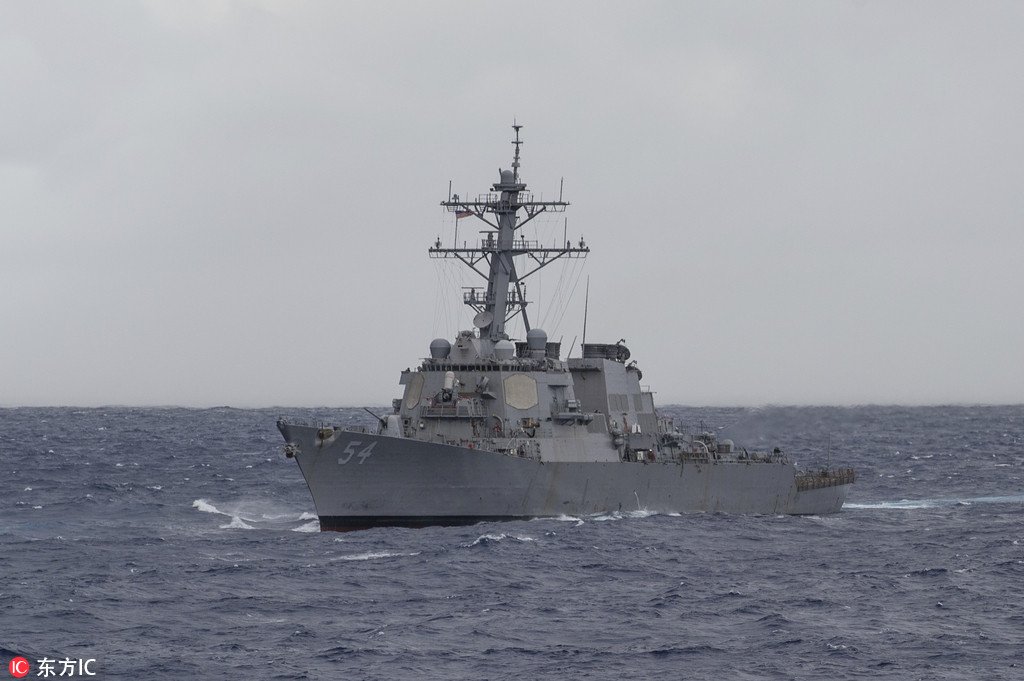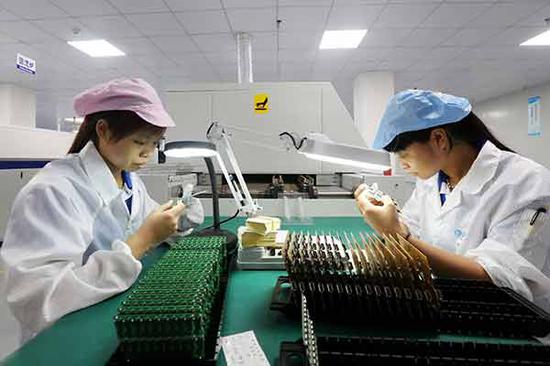manqiangrexue
Brigadier
Very very questionable statement. Whatever cultural and political power the US has, Trump is wrecking it by each meeting. Militarily, MAD is the end-all-be-all. The US wouldn't risk self-sacrifice to fight the Soviets; neither do they with China, and every day that risk grows. Economically, China is growing faster with a much larger PPP, which overshadows nominal more and more as trade is restricted, which is Trump's way. Industrial, don't even joke about that; no country can out-manufacture China.the current scales tip heavily in favor of the United States in all sectors: military, political, economic, industrial, & cultural.
China's vying for time because it's growing stronger much faster than her rival is. In comparison, American seems to be tearing itself down in some areas if simply growing slower isn't enough. Why wouldn't you want to wait given this trend?China may be vying for time but she only does that because she knows any misunderstanding would spell tragic consequences for the PLA.
You must be reading fake news; remember the destroyer incident? China didn't back down; the US left and threw a hissy fit. China's still patrolling, still arming its islands. It's sending spy ships to US exercises right out in the open and the US doesn't do anything about it. When the Chinese navy sails close to the US coast, the US says, that's still international waters and the Chinese have the right to be there. When America sent a drone to the SCS, China seized it. What else do you want?Ask yourself why China's leaders have been relatively silent on the USN's "show of force" and why China's military activities & intrusions have died down in recent times.
Silent on the "show of force"? What can they say? "Boo on you, leave Asia!" or "Clap clap, good job; pretty boats you got there!"? What would a strong and confident power say, other than give a silent nonchalant shrug?
Last edited:






